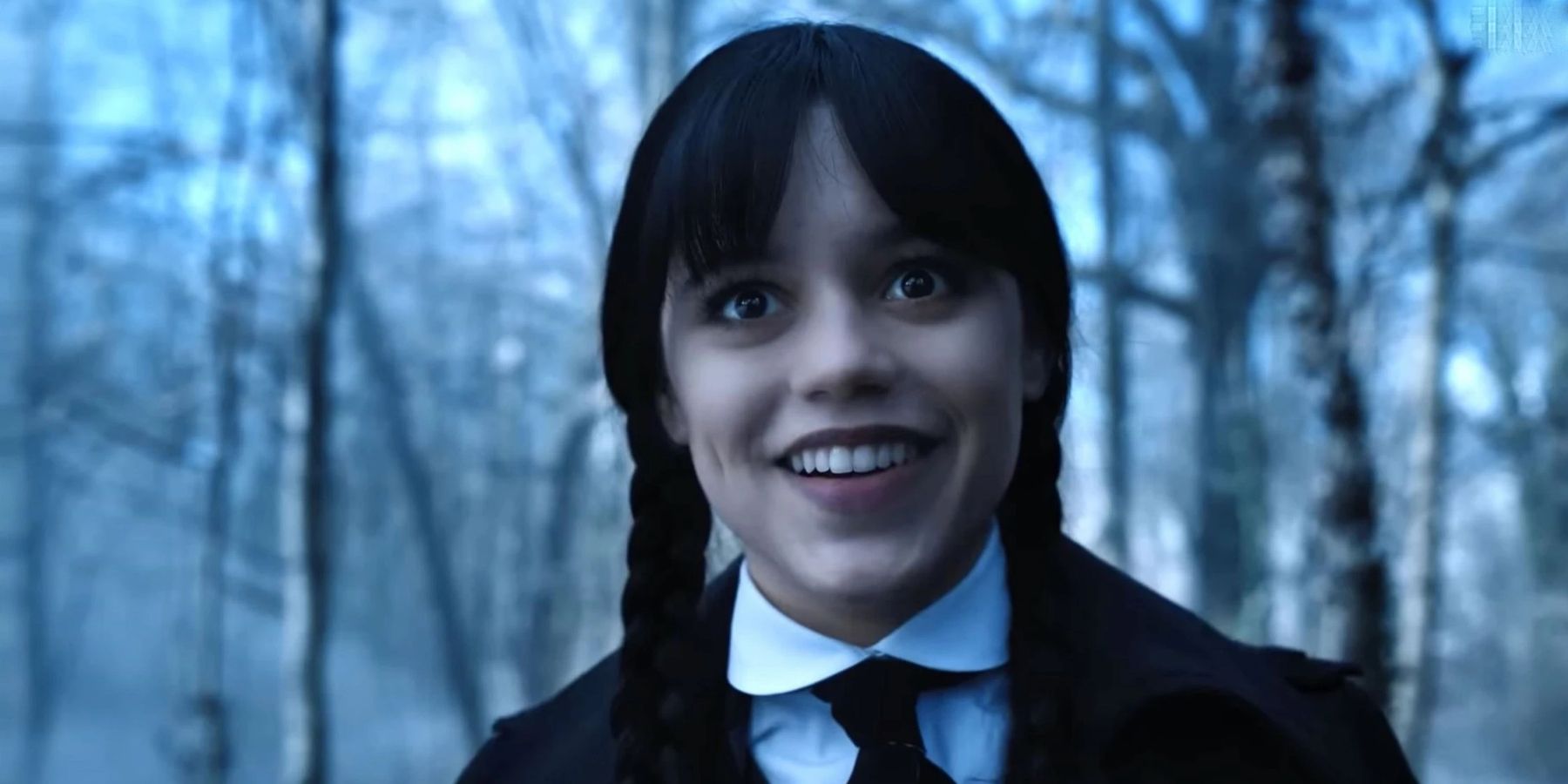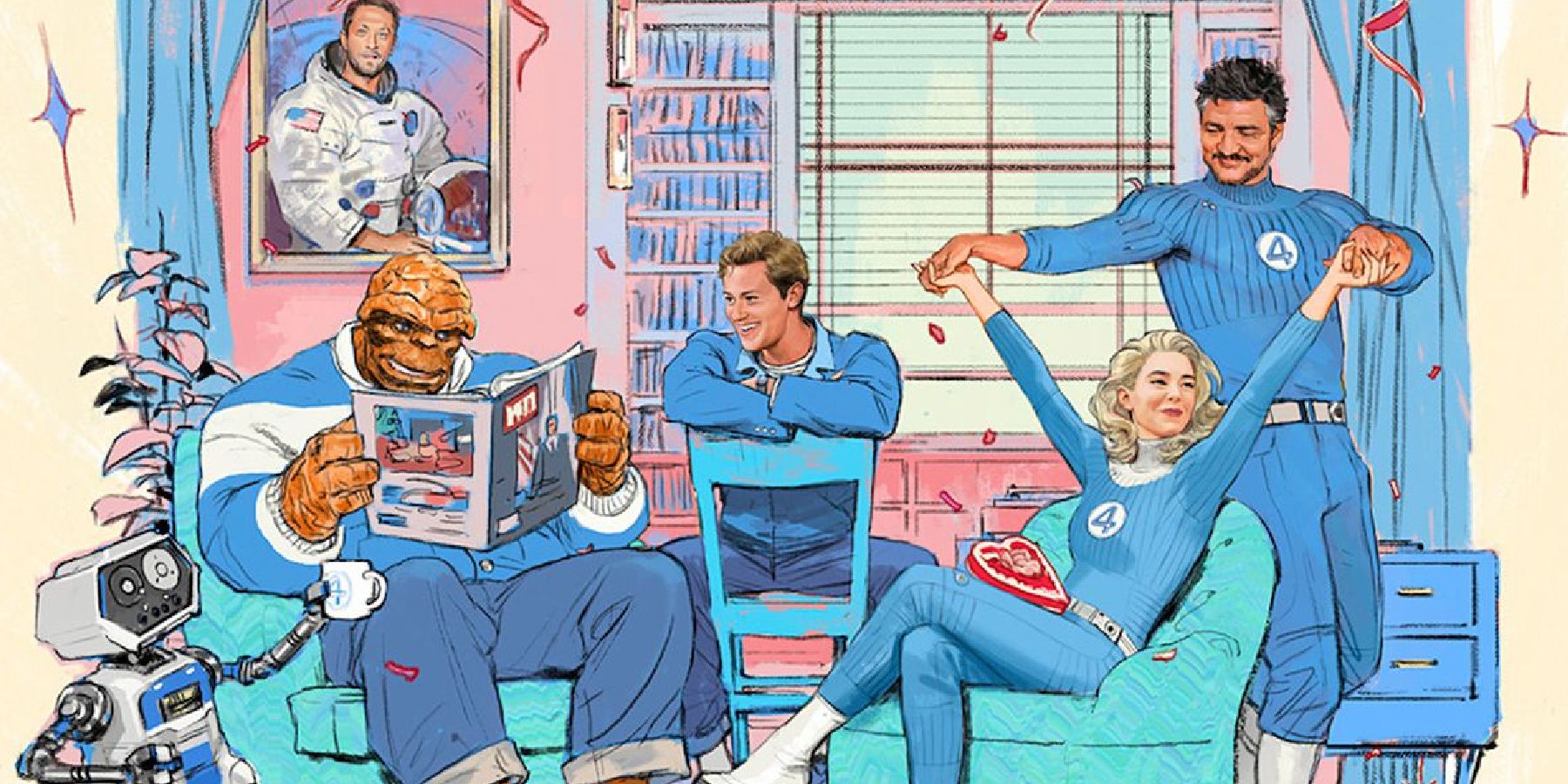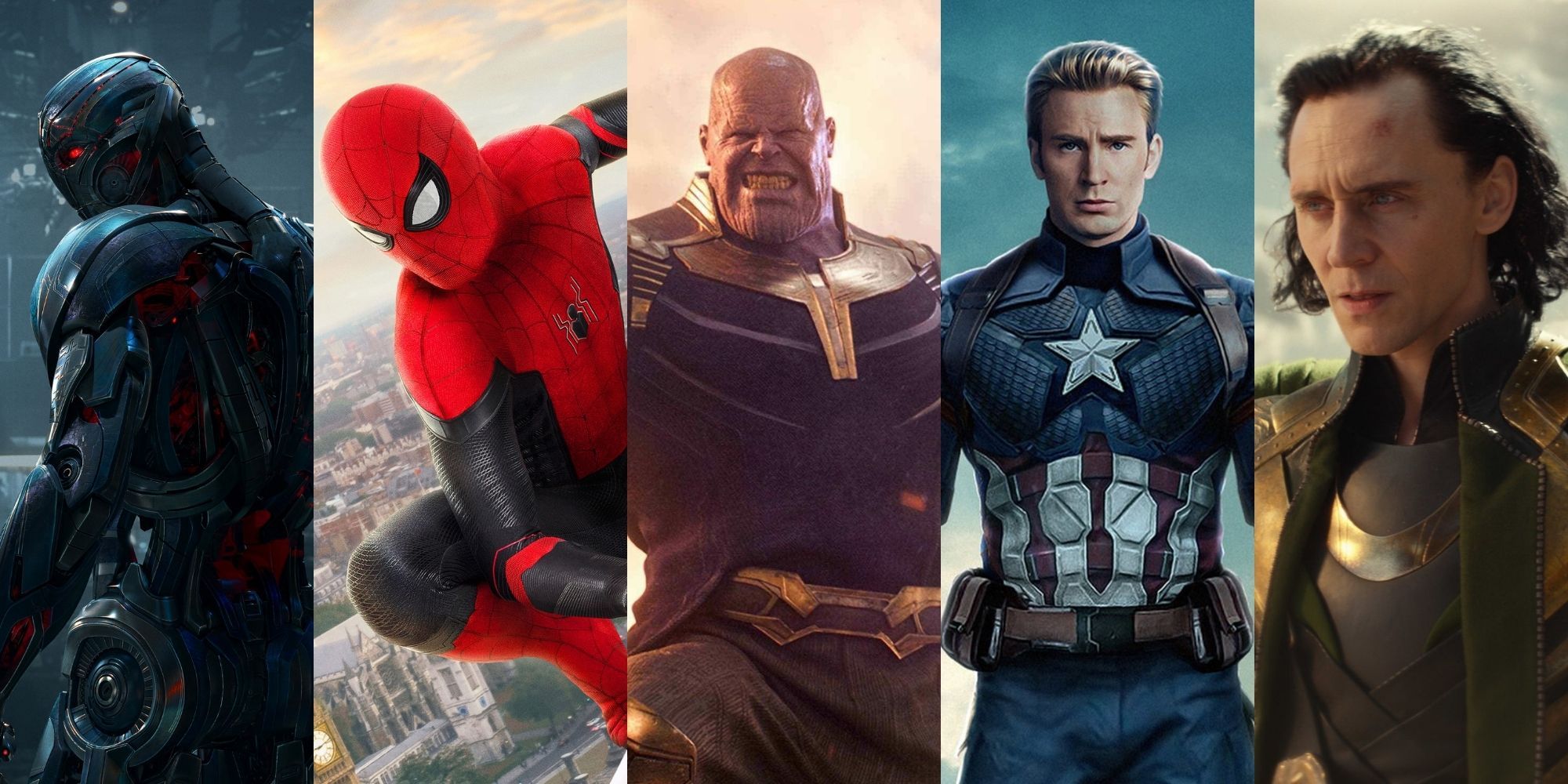Hollywood has faced recent infamy for how often sequels make up their release plate, with many studios only wanting to invest in proven franchises instead of newer IPs. This has been especially true with the rise of streaming and fewer people going out to theaters. Studios simply don’t want to take the risk on something that might fail. With the number of sequels being pushed out, do studios or even the fans hold these sequel films to the same standards as the original?
While sequels first began being popular for Hollywood studios around the 1970s, they’ve actually been around since the early 1900s. The first official sequel ever made was Thomas Dixon Jr.’s Fall of a Nation, a sequel to the rightfully controversial Birth of a Nation by D.W. Griffith. While the sequel didn’t grab audiences the way the first did, a trend was launched showcasing that stories didn’t have to end with one movie.
Since this launching point, sequels have become a fairly sure bet for most every movie ever made. It’s almost rare in the modern era for a successful movie to not get a sequel. While this trend might have died down some at some point, it’s almost guaranteed to continue now considering the popularity of the films in the Marvel Cinematic Universe. Every film and studio is attempting to start its own franchise, and numerous sequels are essential to this plan.
With studios this desperate to continue cash flow from a property that’s seen success, it does call to question whether or not they’ll show the same care to a sequel that the first saw. There are three separate paths that these sequels tend to go. One of the most well-known paths for most sequels is that of an unnecessary, cash-grab sequel. There are multiple examples of this, however, the most common source of these comes with animated kids’ movies.
With kids’ movies, the first film will often hold some more mature elements to ensure that a parent won’t mind taking their kid to see it. However, sequels to these movies don’t necessarily need this element. The kid or kids wanting to see their favorite characters again along with a parent who likely remembers the first film fondly means that there is a baseline level of interest in a sequel. The studios then in turn don’t feel the need to invest as much time, or money, in a sequel as it’s likely guaranteed to have a minimum amount of returns. Lowering the initial investment only ensures greater returns.
Another path for sequels to take is that of planned sequels. These often take the form of trilogies, and they will likely have plans laid out ahead of time. Examples of this can be seen with the Lord of the Rings trilogy as well as the original Star Wars trilogy. The generally higher quality of the sequels in these cases comes from a bigger story that is broken out into multiple parts.
While this plan often works for stories with a lot to tell, Denis Villeneuve’s Dune is broken into two parts, it can sometimes lead to these stories being padded with extras to allow for a trilogy. The Hobbit trilogy came out of one book, and there simply wasn’t enough content to fully fill three separate stories. By the time the third film came around, the studio was struggling to stretch the story that far.
The third path these movies can take is that of the sequel of love. These rare sequels often come when a director is such a big fan of an original film that they work towards making a sequel. These sequels often find success due to an unabashed understanding of the original and what made it work. The success of these sequels, while certainly being an excellent byproduct, isn’t quite the goal. More often than not these sequels are intended to be a love letter to the original, and this love is infectious, thus leading to their success.
For sequels, it seems as though the standards they’re held to depend greatly on the goals of the creators. For the fans of a given film, the standards of a sequel depend greatly on the quality of the first film. The fans of the new Dune are likely keeping fairly high standards considering the high quality of part one. The fans of Venom on the other hand most likely weren’t holding extraordinarily high standards for Venom: Let There Be Carnage. At the end of the day, it seems as though the standards of a given sequel depend almost entirely on the quality of the original property. While this seems to make sense, the quality of a property, unfortunately, doesn’t necessarily correlate directly to popularity. With that in mind, there will likely always be those sequels that leave audiences questioning why they were ever made.






